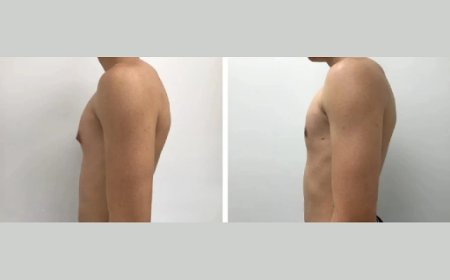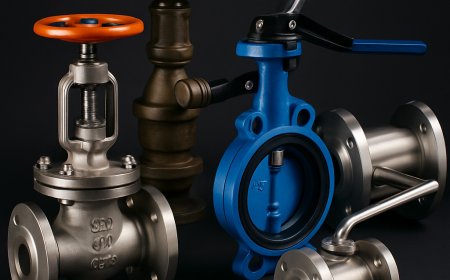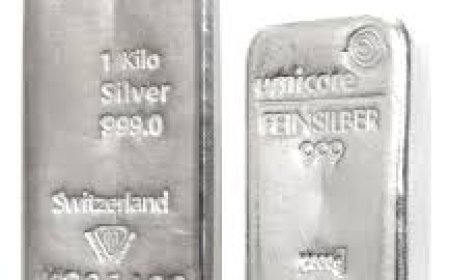The Ultimate Resource for Tire Maintenance Tools and Techniques
Keep your tires in top shape with expert-approved tools and easy maintenance techniques. A must-read for every mechanics, fleet managers, DIYers, and anyone working with vehicles.

Tires are the only part of your car that touch the ground. Think about it all that horsepower, all that advanced tech mean nothing without proper grip and stability.
Poor tire maintenance leads to all kinds of problems: bad fuel mileage, uneven tire wear, bumpy rides, sluggish handling, and worst of all, dangerous driving conditions.
That is the reason pros invest in good wheel balancers. It is not only about smoothing out the ride, but it is also about extending tire life, reducing strain on suspension components, and overall keeping the vehicle safe on the road at any speed.
Wheel balancing is no longer a matter of choice. Its essential.
The Go-To Tools You Need in Your Shop or Garage
So, what do we need to have?
1. Tire Pressure Gauge
Gold, old school.. Buy yourself a reliable digital or analog gauge. Dont rely on the gas station pump- those things are not usually right.
2. Tire Inflator with Regulator
This tool gives you control, fast inflation, and a built-in gauge for efficiency. Plus, it's safer than guessing.
3. Tread Depth Gauge
You need not eyeball it. Know exactly when a tires nearing its end so you can act before trouble shows up.
4. Torque Wrench
Over-tightening lug nuts? Yeah, don't do that. A torque wrench ensures that everything is fixed to specification and solid.
5. Floor Jack
You cannot work on tires when you cannot lift the car. An excellent quality floor jack not only proves convenient, but also safe. It is essential, whether it is a low-profile jack on sports cars or a 3-ton jack on the truck.
6. Jack Stands
Always remember the jack does not stand alone. Good practice will always mandate jack stands before working underneath the car. No exceptions.
Pro Tools for the Serious Wrenchers
If youre doing tire work regularly, there are two big investments that change everything:
Wheel Balancers
These tools make sure the weight is evenly distributed around the wheel. No more shaking at 60 MPH. No more premature tire wear. Modern electronic balancers are fast, accurate, and pay for themselves quickly if youre doing multiple vehicles.
Tire Changer Machines
Break beads, mount, and dismount like a pro. No more wrestling with tires on the floor. Youll wonder how you ever lived without one.
Techniques That Actually Work
Its not just about having the tools its about using them right.
-
Rotate regularly. Every 5,0007,000 miles is a solid rule. Helps tires wear evenly and last longer.
-
Balance after each tire install. Even brand-new tires can be out of balance.
-
Inspect monthly. Check for uneven wear, cracks, bubbles, or embedded debris.
-
Keep PSI consistent. Hot or cold, inflation matters. Check pressure first thing in the morning.
Pro tip: Mark your tires after rotation so you know which ones were where. Makes tracking wear patterns easier next time around.
Final Thoughts
Tire maintenance may not be the flashiest part of car care, but its absolutely one of the most critical. The right tools can save you time, money, and a whole lot of frustration.
At JMC, weve helped countless garages and shops gear up with the right tire tools. Whether you're building out a new workspace or upgrading your current setup. Lets get your shop rolling right from day one.
Common FAQs
Q: How often should I balance my tires?
A: Every time you install new tires, after a flat repair, or if you feel vibration at high speeds.
Q: Can I rotate tires myself at home?
A: Absolutely just make sure you have a reliable floor jack, jack stands, and a torque wrench.
Q: Is a wheel balancer really worth the money?
A: Yes especially if youre working on multiple vehicles. Uneven tires cost more in the long run.
Q: Whats the right tire pressure for my car?
A: Check the sticker inside your driver-side door or the owners manual. Dont rely on the number printed on the tire thats max pressure, not recommended pressure.
Q: How do I know when its time to replace a tire?
A: Use a tread depth gauge. If its 2/32" or lower, its time. Also, check for cracks, bulges, or any sidewall damage.
































